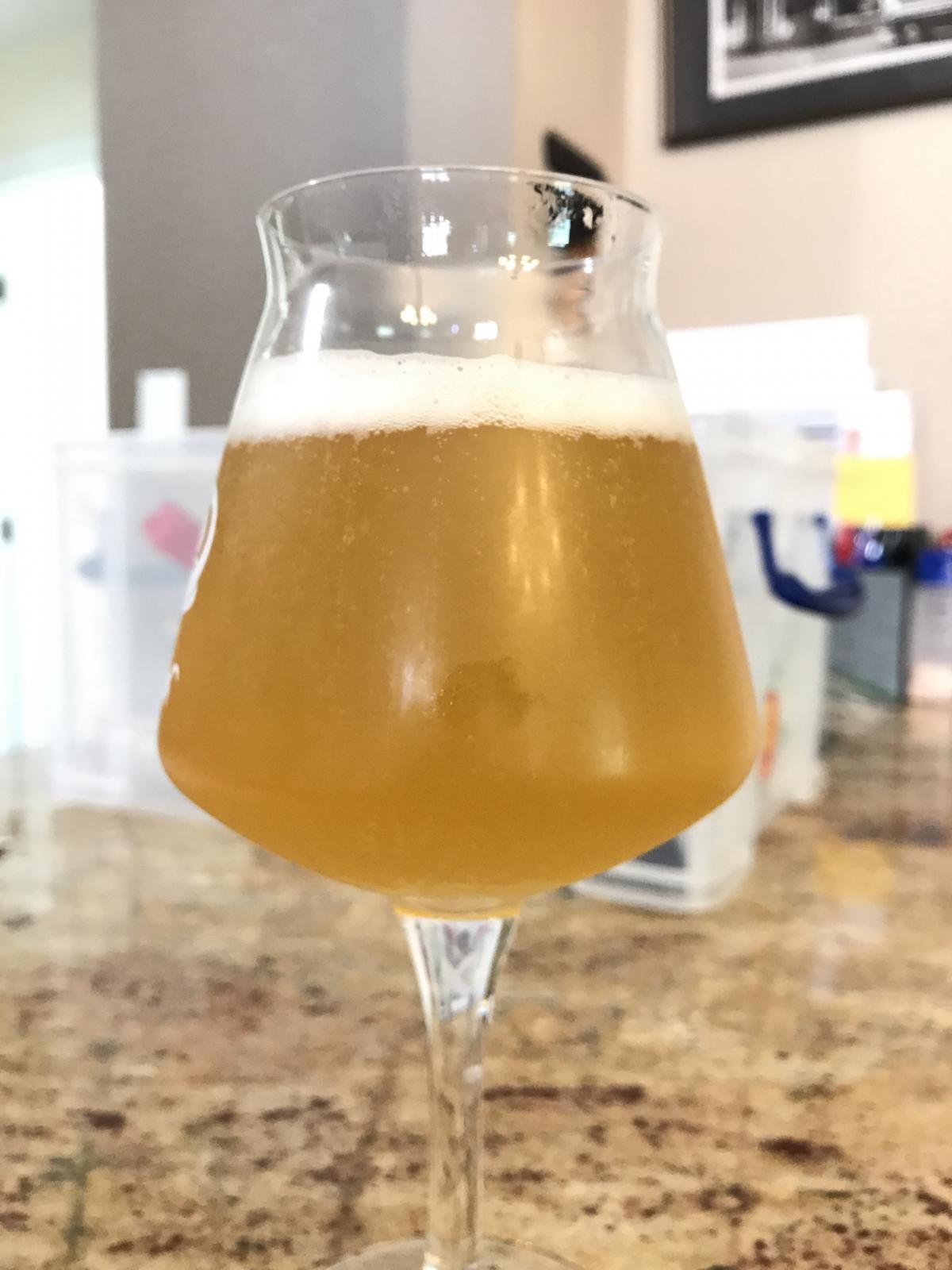I've had the same issue as the OP noticed with my first two attempts at NE IPAs, though that picture was really shocking. Mine haven't been that dramatically different from bottling to first pour.
This is more like my issue - color, aroma, and flavor problems are exactly the same as mine. I posted this in a different thread, but here's what my most recent attempt looked like:
Bottling day. Grain to bottle in about ten days:
View attachment 381761
Day 8 after bottling. Carbed up nicely, if maybe slightly overcarbed:
View attachment 381763
The second picture comes out a bit darker than it really is, but the difference is remarkable. I haven't had any similar issues with other beers other than my NE IPAs, and I'm starting to think that the massive hop addition at 170°F for 30 minutes plays a big part.
I'll be building a kegerator in the next few weeks, so it'll be interesting to see if I still have the same problem with these beers in my new setup. But I've got to brew an RIS first...












![Craft A Brew - Safale S-04 Dry Yeast - Fermentis - English Ale Dry Yeast - For English and American Ales and Hard Apple Ciders - Ingredients for Home Brewing - Beer Making Supplies - [1 Pack]](https://m.media-amazon.com/images/I/41fVGNh6JfL._SL500_.jpg)














































